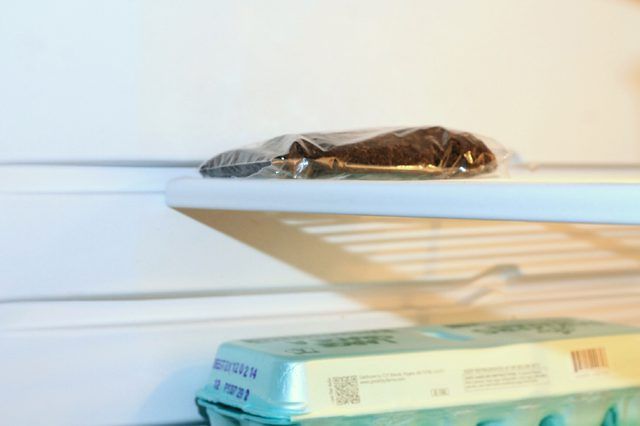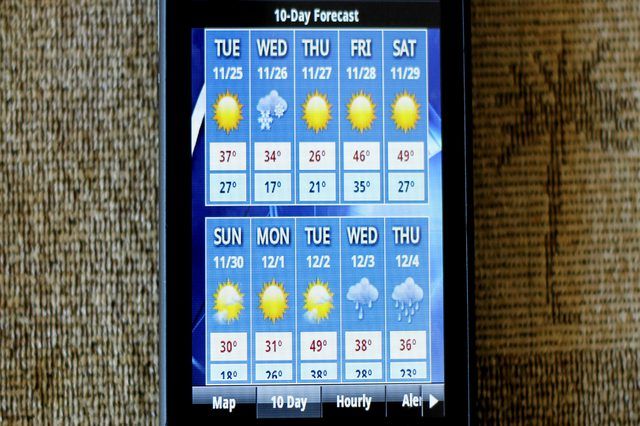Bulbs
Flower Basics
Flower Beds & Specialty Gardens
Flower Garden
Garden Furniture
Garden Gnomes
Garden Seeds
Garden Sheds
Garden Statues
Garden Tools & Supplies
Gardening Basics
Green & Organic
Groundcovers & Vines
Growing Annuals
Growing Basil
Growing Beans
Growing Berries
Growing Blueberries
Growing Cactus
Growing Corn
Growing Cotton
Growing Edibles
Growing Flowers
Growing Garlic
Growing Grapes
Growing Grass
Growing Herbs
Growing Jasmine
Growing Mint
Growing Mushrooms
Orchids
Growing Peanuts
Growing Perennials
Growing Plants
Growing Rosemary
Growing Roses
Growing Strawberries
Growing Sunflowers
Growing Thyme
Growing Tomatoes
Growing Tulips
Growing Vegetables
Herb Basics
Herb Garden
Indoor Growing
Landscaping Basics
Landscaping Patios
Landscaping Plants
Landscaping Shrubs
Landscaping Trees
Landscaping Walks & Pathways
Lawn Basics
Lawn Maintenance
Lawn Mowers
Lawn Ornaments
Lawn Planting
Lawn Tools
Outdoor Growing
Overall Landscape Planning
Pests, Weeds & Problems
Plant Basics
Rock Garden
Rose Garden
Shrubs
Soil
Specialty Gardens
Trees
Vegetable Garden
Yard Maintenance
How to Cold-stratify Seeds
How to Cold-stratify Seeds. Some seeds from perennials, trees and ornamentals need a period of cold to break their dormancy so they can germinate when spring temperatures warm. If left outside in the ground nature takes care of this automatically, but if you have seeds you’ve saved you can "wake up" a seed's internal processes so it...
Some seeds from perennials, trees and ornamentals need a period of cold to break their dormancy so they can germinate when spring temperatures warm. If left outside in the ground nature takes care of this automatically, but if you have seeds youíve saved you can "wake up" a seed's internal processes so it can germinate through a few different methods. Which one you use is up to you. Keep in mind that seeds only need stratified once, so donít expose the same seed to more than one method.

If you missed sowing seeds outdoors in the fall, use your refrigerator during winter to break their dormancy and prepare them for planting in the spring. In a plastic zip-style bag, place an equal amount of vermiculite and seeds. Spray the mixture with water until thoroughly wet, but not soggy. Stir the vermiculite and seeds together to ensure they make good contact. The vermiculite will keep seeds moist and help in breaking seed dormancy. Zip the bag closed and place it on the top shelf of a refrigerator set at between 35 and 40 degrees Fahrenheit. Every one to two weeks, check the moisture of the seeds mixture; if it has dried out re-wet it. Stir the seed mixture to aerate it. When the recommended time has passed to break dormancy, remove the mixture from the refrigerator and immediately plant seeds in plug trays.

If you live where winters are cold, stratify seeds outdoors by sowing them in pots, with drainage holes, filled with sand or seed-starting mix. Sow the seeds at the recommended depth. Place the pots in a location that will remain in full shade throughout the winter. To keep foraging birds and other animals from digging up the seeds, cover the pots with bird netting that has 1/4-inch openings. The winter freeze-thaw process supplies sufficient moisture for the seeds. In spring, place the pots in a sunny location so the seeds can germinate.

Cold-stratifying seeds indoors can be used to break seed dormancy in climates with mild winters, but if you live where winter temperatures are below 40 degrees Fahrenheit, you can cold-stratify seeds where you intend to grow them. In the fall before the first frost, work the soil as needed for the seed type, and plant the seeds in the ground at the recommended depth. Be sure to sow seeds where emerging seedlings will receive the needed amount of sunlight. The natural freezing and thawing cycle of winter will provide sufficient water seeds and breaks seed dormancy.

Whether you cold-stratify seeds in a refrigerator or with an outdoor method, seeds that require cold stratification need a minimal length of exposure to temperatures below 40 degrees Fahrenheit. How long that exposure is depends on the species. Seed packets usually list if seeds need to be cold-stratified and for how long, and if seeds need moisture. For example, some native prairie flowers can be dry-stratified. If youíve saved seeds from your own plants, in general, most perennials need eight weeks below 40 degrees Fahrenheit to break seed dormancy. Some tree seeds require one to four months to cold stratify. Many wildflowers, for example sunflowers (Helianthus spp.) and spiderwort (Tradescantia spp.) are ready to plant after 10 to 30 days of chilling. If youíre cold-stratifying seeds in a plastic bag, you'll know they are ready to plant when you see them start to sprout.
